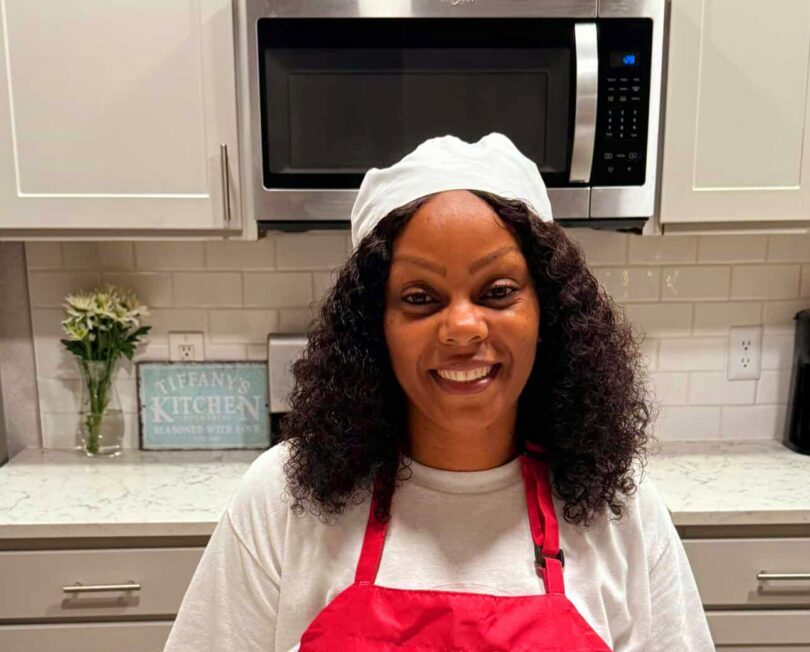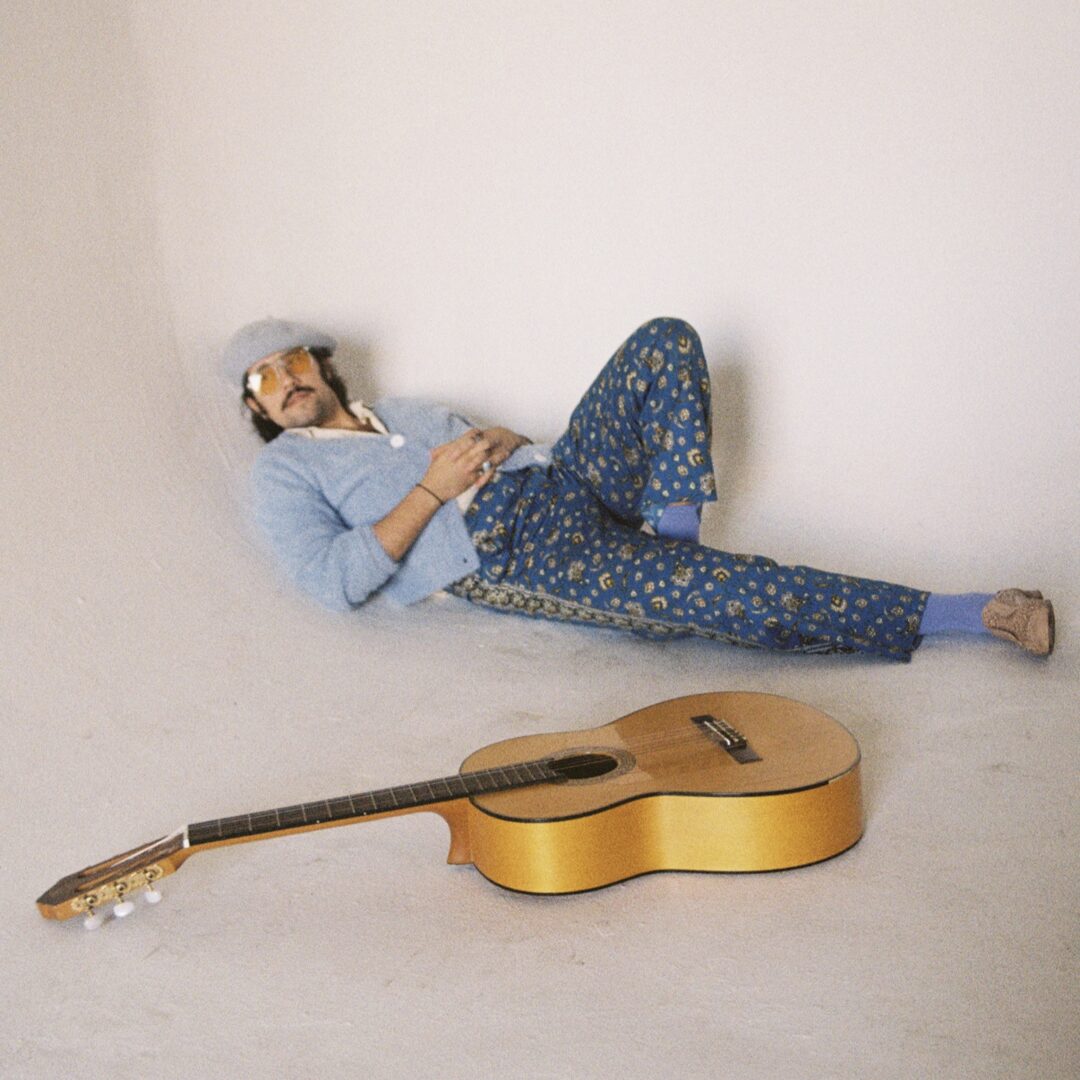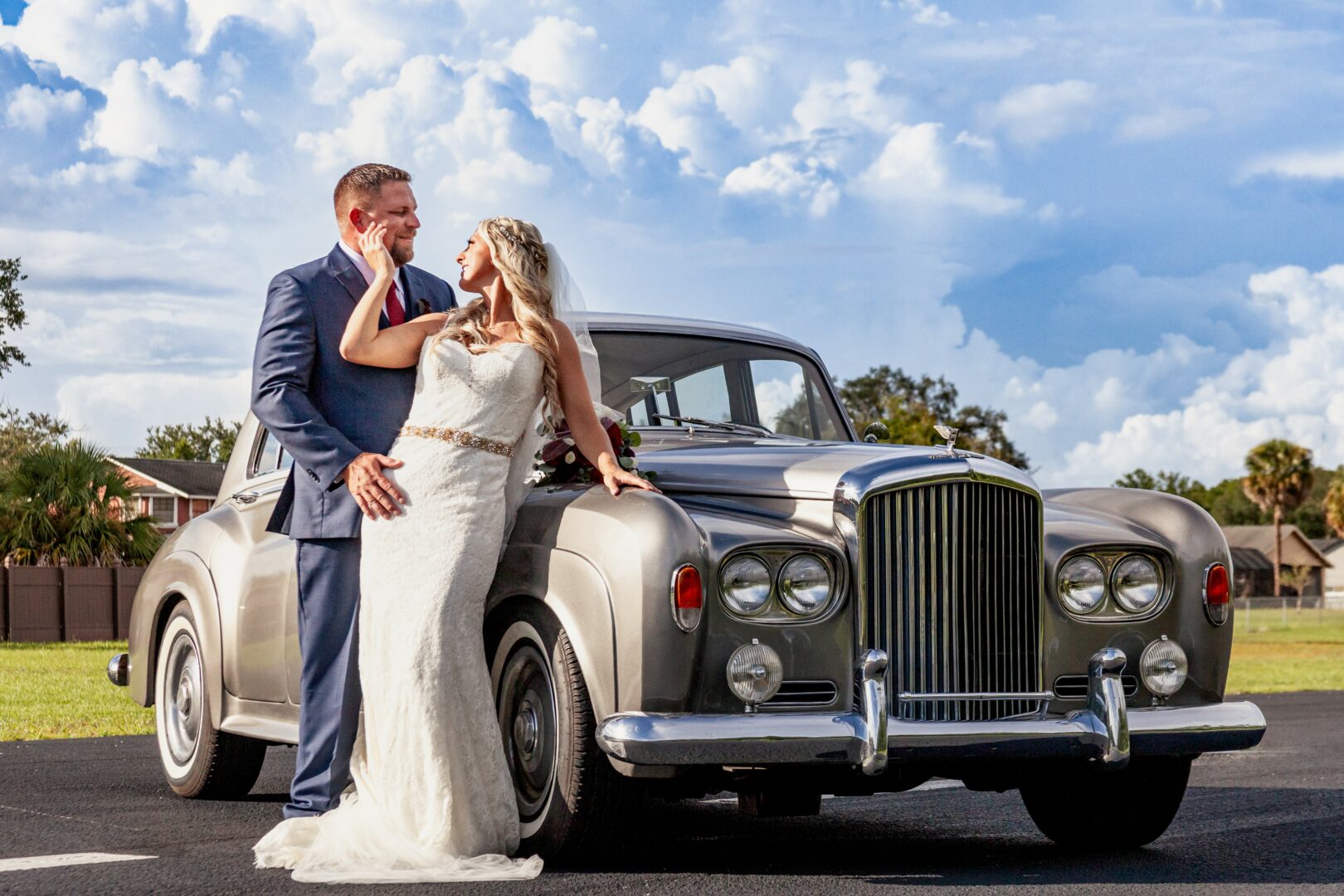We were lucky to catch up with Jiwon Ham recently and have shared our conversation below.
Hi Jiwon, so happy to have you with us today and there is so much we want to ask you about. So many of us go through similar pain points throughout our journeys and so hearing about how others developed certain skills or qualities that we are struggling with can be helpful. Along those lines, we’d love to hear from you about how you developed your ability to take risk?
While working as a motion graphics artist in Korea, one question kept lingering in my mind: “Why are most of the works I admire created by studios in the US?” I wanted to understand how they were able to create work that felt freer and more original— and I wanted to experience it firsthand. That’s when I decided to apply to graduate school in the U.S. But the cost of a master’s degree made it financially out of reach.
When I shared this concern with my mentor, he suggested applying for the Fulbright scholarship. It was my only viable option, but also an incredibly competitive one, especially for artists. Each year, only about five are typically selected among roughly 35 Korean graduate scholars. Still, I asked myself: “If I don’t try, will I regret it later?” The answer was clear:“Yes, I’ll regret it for the rest of my life.”
For more than a year, I poured everything into my application. The process was harder than I expected. The most difficult part was battling daily self-doubt: “Why didn’t I practice writing more?” ,“What if I’m not good enough?” and “What if I fail after all this effort?”
Over those 15 months, I came away with three lessons that shaped how I take risks today. First, anxiety wastes energy. I began shifting from“what if…” to action—revising one more sentence, practicing one more time. Second, effort doesn’t lie. If I gave it everything I had, that was enough—and that belief helped me persevere. Lastly, I learned to visualize success. I imagined myself in confident interviews until they felt natural. I even taped a photo of a panelist to my desk and practiced speaking to her—often adding a light joke to ease my nerves.
Taking that risk opened a door to everything that came next—and gave me the answer I’d been looking for. In 2018, I received the Fulbright scholarship and earned my MFA in Art & Technology and Sound Practices at the School of the Art Institute of Chicago. Today, I work as a senior designer at a New York-based studio I had once only dreamed of joining.

Thanks for sharing that. So, before we get any further into our conversation, can you tell our readers a bit about yourself and what you’re working on?
I began my career as a motion graphics artist in Seoul, creating digital work for large-scale public displays in venues like shopping malls, government buildings, and sports arenas. One of my most exciting early projects was a video for a 130-foot-long interior screen at a government office building in Andong, South Korea. I loved seeing my animations light up massive urban spaces—but over time, I felt something was missing. Audiences could only watch and take photos, but the experience stopped there.
That sparked a bigger question for me: “How can I create more meaningful and engaging moments—beyond simply watching a screen?” I pursued that question during my master’s program by exploring projection mapping, real-time rendering, and 3D animation to create interactive artworks that responded to audience presence. I especially enjoyed building immersive experiences that made people feel as if they were stepping into a digital space shaped by their motion, light, and sound.
Today, I’m working as a Senior Designer at Red Paper Heart, an interactive experience design studio based in New York. I focus on developing sensory-rich installations that invite people to engage with digital media in physical space. My role spans visual system design, user experience, and art direction, working closely with developers and technologists. My creative practice blends storytelling with emerging tools like AI, generative art, motion tracking, and real-time engines to create moments of wonder and connection between people, places, and digital worlds.


What has been your biggest area of growth or improvement in the past 12 months?
Last winter, after a year of juggling multiple projects, I took a two-week break to visit national parks in New Mexico. At Carlsbad Caverns, I found myself standing among massive stalactites and stalagmites—formations shaped slowly, drop by drop, over half a million years. As I imagined what had come and gone in that stretch of time—how many creatures lived and disappeared, how many full moons rose and fell—I was struck by a simple realization: everything is built in layers, shaped by time.
That night, I tried to reflect on my own year. I had learned and experienced so much, yet I could barely remember specific moments. Like a squirrel forgetting where it buried its acorns, I had let those reflections slip away. I’d been too focused on moving forward to leave a trace where I’d been.
Since then, I’ve committed to tracking my time. Instead of keeping a physical journal, I started using mobile apps to document my daily life. For the past six months, I’ve used TickTick to log my hourly activities—when I work, eat, and rest—and a spreadsheet to record films, exhibitions, and personal reflections. I also use How We Feel to track my emotions each day.
Visualizing my time this way has revealed patterns: when I focus best, when my energy dips, and how different routines help or hinder me. More importantly, it’s given me a sense of agency. Time no longer feels infinite and intangible—it feels like something I can hold. Logging my time has given me insight into how to break big goals into small, manageable steps, and offers small moments of accomplishment, even when my mood or energy swifts. Making it a habit has also helped quiet procrastination by guiding me to take action—one task at a time—without overthinking or feeling overwhelmed.
I hope to continue this practice so that one day—ten or twenty years from now—I can look back and trace the shape of my past.
Contact Info:
- Website: http://jiwonham.com/?ckattempt=1
- Instagram: https://www.instagram.com/jiwonhaam/
- Linkedin: https://www.linkedin.com/in/jiwonham




Image Credits
Profile picture: Dongmyeong Kim, Artwork pictures: courtesy of the artist
so if you or someone you know deserves recognition please let us know here.




